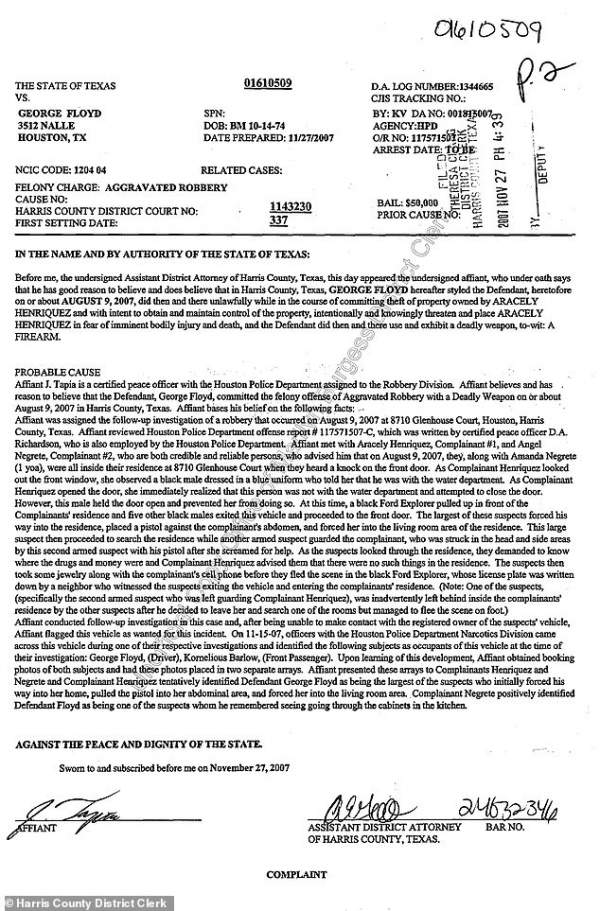Hennepin County District Court Judge Peter Cahill will not allow some records related to George Floyd’s history with drug abuse and crime to be admitted as evidence in the trial of four ex-Minneapolis police officers who stand accused of murdering him.
Derek Chauvin, who knelt on Floyd’s neck as he died, is charged with second-degree murder, third-degree murder, and second-degree manslaughter. His three colleagues are each charged with aiding and abetting murder and manslaughter.
The officers’ first in-person hearing related to the Floyd case occurred Friday. During the hearing, the presiding judge ruled that some information about Floyd’s past will not be admissible in the officers’ trial.
Specifically, evidence pertaining to a 2019 incident during which Floyd reportedly overdosed in Minneapolis and later admitted to “daily” drug use as well as a criminal complaint that alleges he robbed a woman at gunpoint is barred from the courtroom.
“What possible relevance could that have?” Judge Cahill said of the defense’s motion to include the evidence, according to WCCO.
The defense first requested to include the evidence regarding Floyd’s history of criminality and drug abuse on Aug. 28, per a request that remains on file with the court system.
The request summarizes three events. The first occurred in May 2019 when Floyd reportedly swallowed large quantities of drugs to hide them from police and conceal evidence of his involvement in the drug trade. He was subsequently transported to the Hennepin County Medical Center.
The second piece of denied evidence pertains to an incident that occurred shortly after the first, when Floyd reportedly admitted at the hospital that he “snorts oxycodone daily,” per the motion to introduce evidence, seen below.

Defense attorneys also attempted to introduce evidence pertaining to a 2007 incident that occurred in Texas during which Floyd allegedly posed as a government official to gain entry into a woman’s home before he robbed her at gunpoint. The alleged victim of the crime later cross verified Floyd’s identity as her assailant, per the complaint.

Judge Cahill also barred evidence pertaining to a drug dealing charge Floyd pleaded guilty to and served time for in 2004.
Additionally, the judge disqualified four local prosecutors, including Hennepin County Attorney Mike Freeman, from the case citing their “sloppy” work, Reuters reported. In question was their decision to hold a meeting with Hennepin County Medical Examiner Andrew Baker without a non-attorney present.
However, “the prosecution team of Hennepin County Attorney Mike Freeman and Attorney General Keith Ellison asked for, and were granted, a reconsideration of a judge’s order disqualifying Freeman and three other attorneys from the George Floyd murder case Friday,” according to a news release from the county attorney’s office.
“Any suggestion by Judge Cahill that the work of Sweasy and Lofton was sloppy is incorrect. The Hennepin County Attorney’s Office fully stands by the work, dedication and commitment of two of the state’s best prosecutors,” the release states. “The county attorney’s office is confident that this order will eventually be withdrawn or modified.”
Chauvin was seen exiting the courtroom in police custody wearing orange prison garments and what appears to be a bulletproof vest. “Y’all [are] f–king f–gots,” a bystander can be heard yelling at police as Chauvin is placed inside a vehicle.
Heavy security as Derek Chauvin, donning a Kevlar vest, is taken away from this morning's court hearing in the death of #GeorgeFloyd. Complete coverage on @wcco today.
***WARNING: Explicit language*** pic.twitter.com/dOG8lIwS9v
— Guy Still (@mplstvguy) September 11, 2020


















